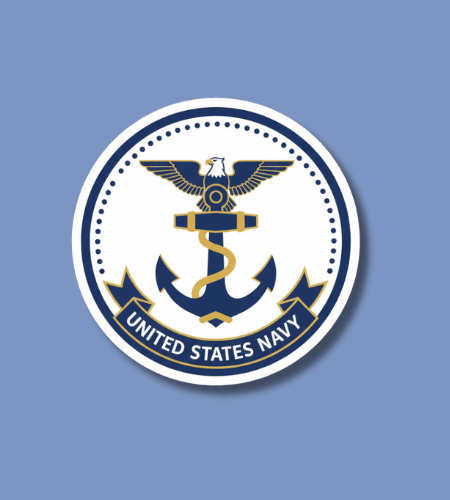The Navy Day, observed annually on October 27, is a day to honour and recognise the service, sacrifice and legacy of the men and women of the United States Navy (US Navy). It’s a time to salute both veterans and active sailors, reflect on the Navy’s role in history and affirm the importance of maritime strength, freedom of the seas and national defence.
Table of Contents
History of Navy Day
The first Navy Day was organised in 1922 by the Navy League of the United States, which chose October 27 to coincide with the birthday of Theodore Roosevelt — a former Assistant Secretary of the Navy and an advocate of sea power. Over time the observance grew in popularity, with ship displays, parades and public events honouring naval service.
Although October 13 (the formation date of the Continental Navy in 1775) is now recognised as the official birthday of the U.S. Navy, Navy Day on October 27 remains an established tradition of public recognition and celebration of naval service.
Why is Navy Day important?
Navy Day is meaningful because it draws our attention to a branch of the military whose work often happens far out of public view — beneath the waves, on distant deployments, and in service to global security and humanitarian missions. By setting aside a day for recognition, we acknowledge the people who operate in challenging conditions, protect sea lanes, respond to crises and maintain readiness.
At the same time, this day invites every citizen to connect with that legacy of service — not just by watching ships or attending events, but by reflecting on what secure seas, open trade, rescue missions and naval diplomacy mean for our lives. It’s a reminder that defence of the nation is broader than one service, and that communities and individuals can show gratitude in everyday ways.
- It honours sailors and naval personnel who have served or are serving.
- It recognises the historic and strategic role of the U.S. Navy in American and global security.
- It draws attention to the unseen work of maritime readiness, naval operations and humanitarian missions.
- It fosters public‑community connection: learning, understanding and appreciating naval careers and contributions.
- It encourages support — moral and practical — for veterans, families and active service naval members.
How to Celebrate Navy Day
You can observe Navy Day in ways big or small: visit a naval museum, attend a public event at a naval base if open to civilians, or simply watch a documentary or read a story about the Navy’s history. You might reach out to a family member, friend or neighbour who served and thank them for their service. Even sharing something about the Navy in your community or online helps spread awareness.
- Visit a local naval base, museum or historic naval vessel and learn about naval operations or history.
- Watch or read materials about the U.S. Navy’s role in wars, peacekeeping, disaster relief or global operations.
- Write a thank‑you letter or send a message to a naval veteran, a current sailor or a naval family.
- Share on social media using #NavyDay to highlight a naval story or profile someone you admire in naval service.
- Reflect on what “service at sea” means for our safety, trade, and freedom — and how you can support veterans and their communities.
Navy Day Dates Table
| Year | Date | Day |
|---|---|---|
| 2025 | October 27 | Monday |
| 2026 | October 27 | Tuesday |
| 2027 | October 27 | Wednesday |
| 2028 | October 27 | Friday |
| 2029 | October 27 | Saturday |
Subscribe to our newsletter and never miss a holiday again!

